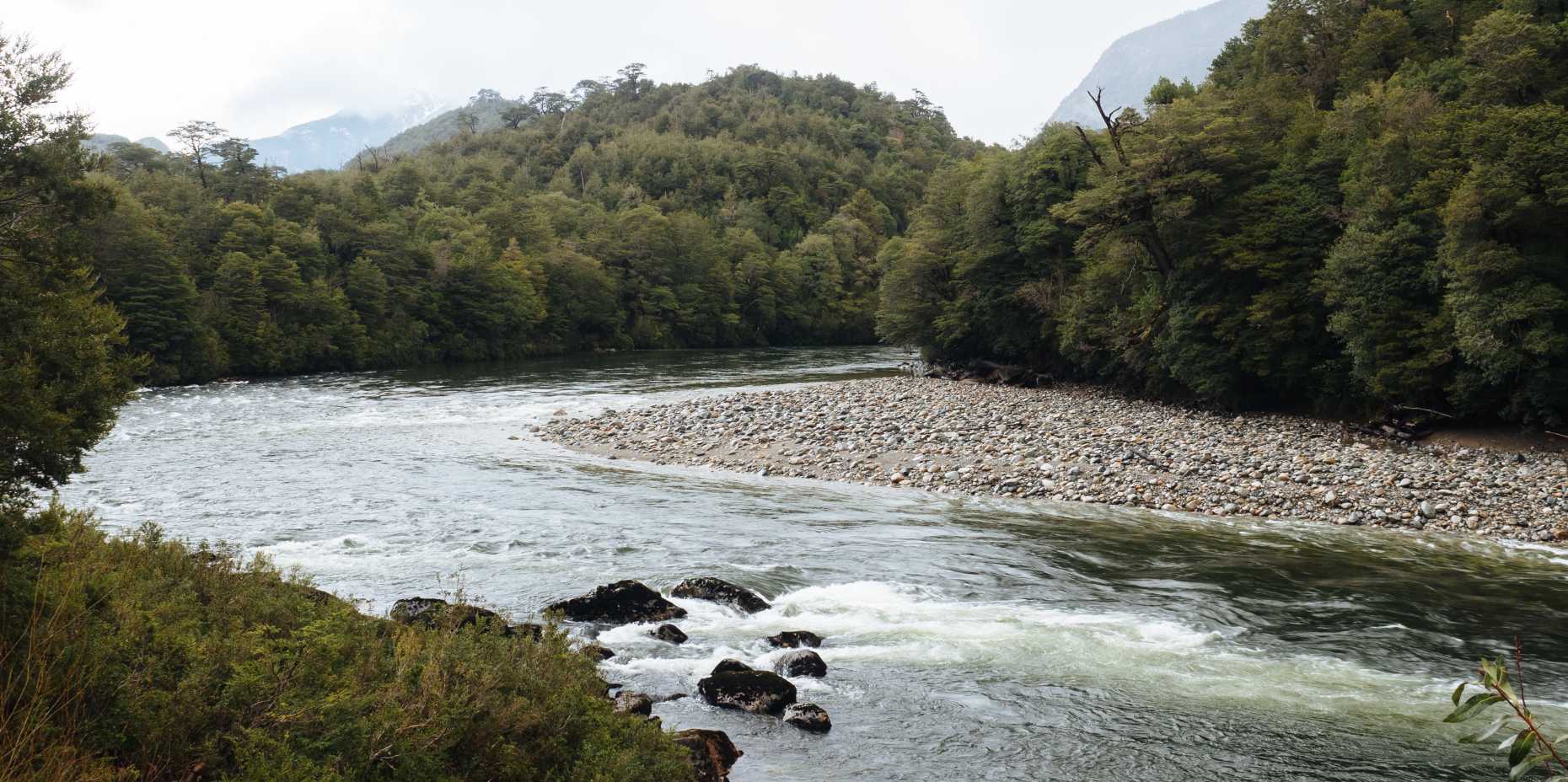River Carbon Transport and Dynamics
The amount of carbon stored in the oceans and in soils greatly exceeds that present in the atmosphere. On timescales of < 105 years atmospheric CO2 levels are sensitive to variations of the “residence time” of carbon in these reservoirs. Predicting short-term variations in atmospheric CO2 thus requires an understanding of controls on the storage time of OC within different reservoirs, but we currently have very limited knowledge of the factors that influence residence times of organic carbon in continental reservoirs, as well as how they respond to environmental changes. In order to constrain provenance and storage of biospheric carbon within terrestrial drainage basins we are tracing isotopic properties of marker compounds specific to vascular plants that are transported and discharged by different rivers systems (such as the Danube River, see picture above). This information is placed in the context of drainage basin properties and sediment and carbon fluxes to the oceans. Our research has revealed marked variations in 14C contents of biospheric carbon discharged by rivers, with ages reaching several thousand years for some high latitude drainage basins. These findings have implications not only for our understanding of the dynamics of terrestrial biospheric carbon transfer to the oceans, but also for interpretation of records of terrestrial paleoclimate from marine sediment archives.
Our current projects on riverine carbon transport
CAPS-LOCK
Climate and anthropogenic perturbations of land-ocean carbon tracks
Carbon Dynamics in Nepal
Geomorphic and climatic controls on riverine carbon export in active landscapes
OMI-Perm
Organo-mineral interactions: a controlling factor of the permafrost-carbon feedback to climate?
Connecting terrestrial and marine carbon cycles to understand the fate of black carbon in the carbon cycle

